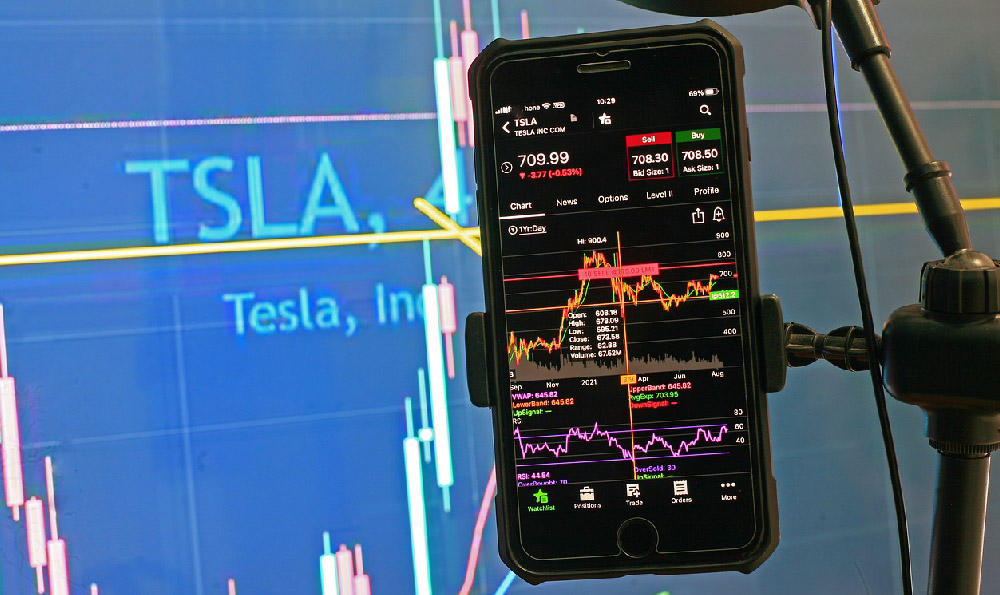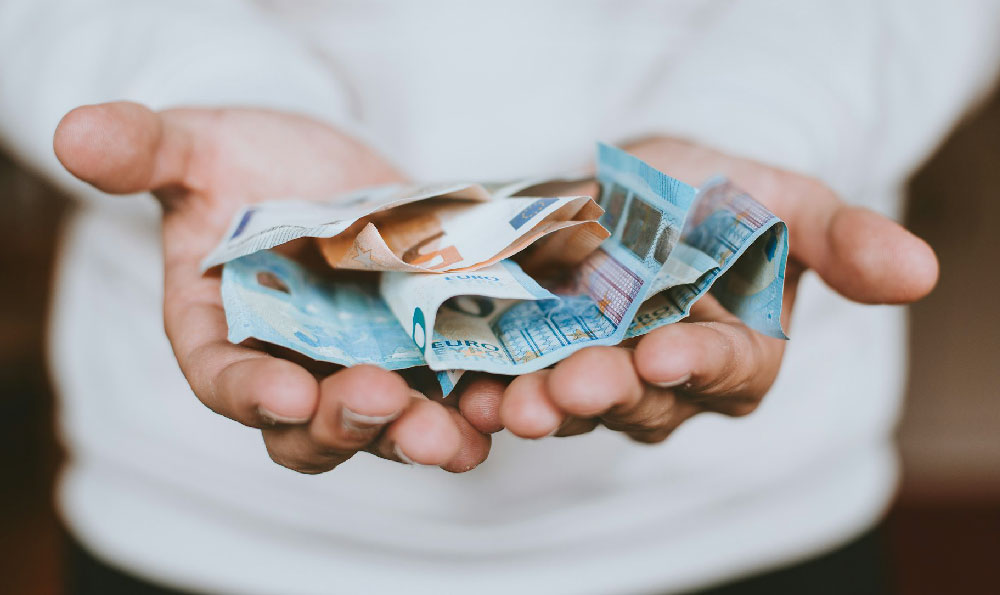
Crafting your own money box isn't just a fun DIY project; it's a tangible step towards financial literacy, especially for children. It personalizes the concept of saving, making it more engaging and rewarding. However, simply having a money box isn't enough. Understanding the "how" and "why" behind it, and building it with intention, is crucial. Let's explore how to construct a meaningful and functional money box and the necessary materials, bearing in mind that the true value lies not just in the container, but in the habit it encourages.
The beauty of creating a money box lies in its versatility. You can tailor it to reflect your personality, saving goals, or even integrate it into a larger financial education plan. There are countless options, each with its own appeal and level of complexity. A simple, sturdy box is the most basic approach. You could repurpose an old shoebox, a cereal box, or even a sturdy cardboard shipping box. The key here is ensuring it's structurally sound enough to hold coins and withstand regular handling. For a slightly more polished look, you could consider a wooden box, available at most craft stores. Wood provides a more durable and aesthetically pleasing base that can be easily painted, stained, or decorated. If you're inclined towards a more transparent approach, a glass jar or a clear plastic container offers visual reinforcement of your progress, allowing you to literally see your savings grow. This can be particularly motivating for children.
Beyond the main container, consider the tools and materials needed for customization and functionality. A cutting tool, like scissors or a craft knife (adult supervision required for children), is essential for creating the coin slot. Ensure the slot is wide enough to accommodate larger denominations of coins or even folded bills. Adhesive materials, such as glue, tape, or even a hot glue gun (adult supervision required), will be needed to secure any decorative elements or to reinforce the box's structure. Decorative materials offer the most creative freedom. Paint, markers, colored paper, stickers, glitter, and fabric scraps can all be used to personalize the money box. Stencils can add a touch of sophistication, while Mod Podge can seal and protect your artwork, making it more durable. If you're using a glass jar, consider glass paint or etching cream for a unique and permanent design. Remember to choose non-toxic materials, especially if children are involved in the project.

Beyond the physical construction, it's critical to infuse the money box with purpose. Simply having a receptacle for loose change doesn't guarantee savings success. Take the time to discuss financial goals and connect them to the money box. Instead of just being a place for spare coins, it becomes a visual representation of progress towards a desired outcome. For example, if the goal is to buy a new toy, decorate the box with images of that toy or related themes. If saving for a larger goal, like a family vacation, create a collage of travel destinations and activities. This visual reinforcement helps maintain motivation and provides a constant reminder of the reward.
Consider implementing a savings system in conjunction with the money box. Establish regular deposit schedules, even if it's just a small amount each week. Track the progress towards the goal, either on the box itself or in a separate notebook. This provides a sense of accomplishment and reinforces the importance of consistent saving habits. You can even gamify the process by creating rewards for reaching certain milestones. This makes saving more engaging and less of a chore, especially for children.
The money box itself can become a valuable teaching tool. Use it as an opportunity to discuss the value of money, the difference between needs and wants, and the importance of budgeting. Explain how interest works and how saving early can lead to long-term financial security. These conversations, even at a young age, can lay a strong foundation for responsible financial decision-making in the future.
However, remember that a physical money box is just one component of a comprehensive financial strategy. As savings grow, consider exploring more sophisticated options like savings accounts, certificates of deposit (CDs), or even age-appropriate investment accounts (with adult supervision and guidance, of course). The money box can serve as a gateway to these more advanced tools, teaching valuable lessons along the way.
Finally, remember the importance of security and privacy. While a money box might seem like a simple and innocent tool, it's still a container for valuables. Store it in a safe and secure location, out of sight from potential intruders. Teach children about the importance of keeping their savings private and not disclosing the amount to strangers.
In conclusion, building a money box is more than just a crafting project; it's an opportunity to cultivate financial literacy and establish positive saving habits. Choose materials wisely, decorate with intention, and integrate it into a broader financial education plan. By doing so, you transform a simple container into a powerful tool for achieving financial goals and building a brighter future.





